Is WordPress an entirely new thing for you? Many of us have been there at one point or another. And while WordPress proves to be extremely simple to use in day to day blogging, it is possible to overlook things. Many of the following tips and tricks are the things that I personally had to learn the hard way. For example, purchasing a premium theme that I later regretted.
Also, it took me several years to figure out how to get an affordable and performance optimized hosting plan for my site. These, and many others, are not necessarily the things you think about when you start out as a new blogger. But, hindsight, learning about these things will save you unnecessary headache down the road.
I’m also going to focus specifically on WordPress blogging tips. So, these are mostly tips that you can apply right away. Some of these might even change your mindset altogether, about blogging and managing a WordPress site.
Ready to get started? Let’s get to it.
Invest in a solid hosting plan
Web hosting is without a doubt one of your most important assets. At the end of the day, if something bad happens to your web hosting provider — you’re going to be greatly affected as well. And also, a right hosting plan will ensure better performance and more stability long-term.
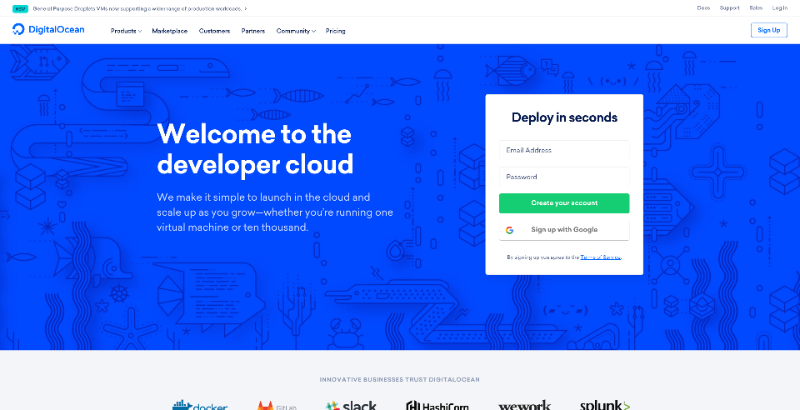
I would go as far as forgetting about traditional hosting plans, and focusing on more secure servers instead. Learning how to use a VPS (Virtual Private Server) can greatly enhance your experience of website hosting.
And platforms like DigitalOcean do it the best. Their hosting packages cover WordPress in-depth, and you can opt to use the OpenLiteSpeed WordPress package which will boost your site performance tremendously.
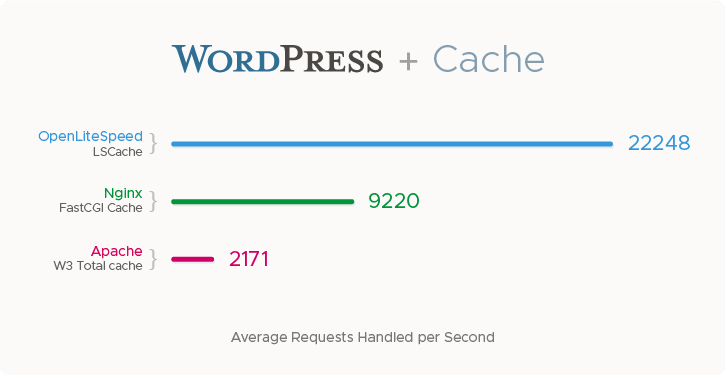
There are reports that show that OpenLiteSpeed is up to 15,000 times faster than web servers like Apache or NGINX. Another alternative you can look into is EasyEngine: this will also boost your site performance significantly.
And if you can find a web hosting provider that can do the installation on your behalf, that’s even better. I’m sure there are plenty of managed hosting providers that utilize the DigitalOcean server infrastructure.
Think twice about purchasing a premium theme
This is not to say that you shouldn’t purchase a theme at all. In fact, you most likely should. And if you do, make sure you check out our premium themes first.
Anyway. Back to the idea of thinking twice. One thing you need to keep in mind about premium themes is that what you see in the demo is not what your site is going to look like always.
Meaning, demos are generally designed in a way to look and feel appealing. But, when you start using a theme and putting out your own content, you might quickly find that it’s not like you imagined it at first.
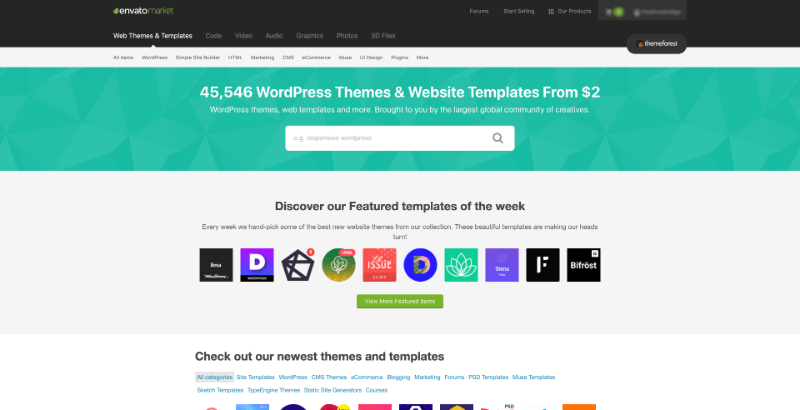
So, in this sense, I would be very careful with theme selection. Make sure that you understand how your personal content is going to affect the design structure. Also, ensure that you are happy with ALL of the page designs.
In some themes, it’s much harder to make customizations than in others. Check for things like page builder support, and whether you can use Customizer to make further changes.
Optimize your images from day one
It’s understood by most developers that images, photographs, and other visuals tend to take up the largest piece of the pie when it comes to webpage weight. In fact, in this time and age, images still manage to make up for about 50% of the average web page size.
Images take up massive amounts of internet bandwidth because they often have large file sizes. According to the HTTP Archive, 60% of the data transferred to fetch a web page is images composed of JPEGs, PNGs and GIFs. As of July 2017, images accounted for 1.7MB of the content loaded for the 3.0MB average site.
Addy Osmani
So, in essence, optimizing the images on your new WordPress blog should be one of your first steps. Not only will this increase the performance of your blog, but also yield better search engines rankings along the way.
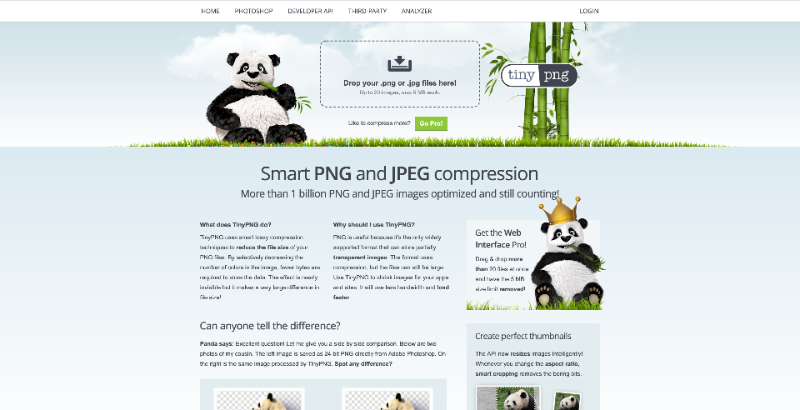
For starters, I’d recommend getting used to using TinyPNG on the regular. You can compress both JPEG and PNG files, with up to 20 images per browser tab. This specific tool can provide compression with up to 80% file size reduction, without comprising the photo quality.
WordPress-specific plugins you can try are ShortPixel, Smush, and Optimus.
Convert your homepage into a landing page
As a new blogger, you might have the tendency to follow what everyone else is doing. And, that would be to use an old approach of content farming your entire blog homepage.
Since it’s getting increasingly more difficult to rank your content in Google, it wouldn’t hurt for you to treat your website like your brand. And that means taking a unique design approach on your homepage.
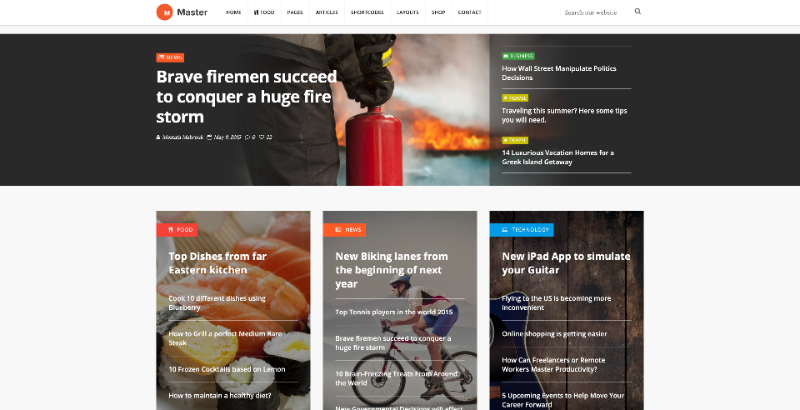
One way to refine your website experience for everyone is to use a landing page. A landing page acts as a business card. You can talk about yourself, your business goals, but also highlight your content. A lot of brands have made the switch to a landing page, and we recommend you do as well.
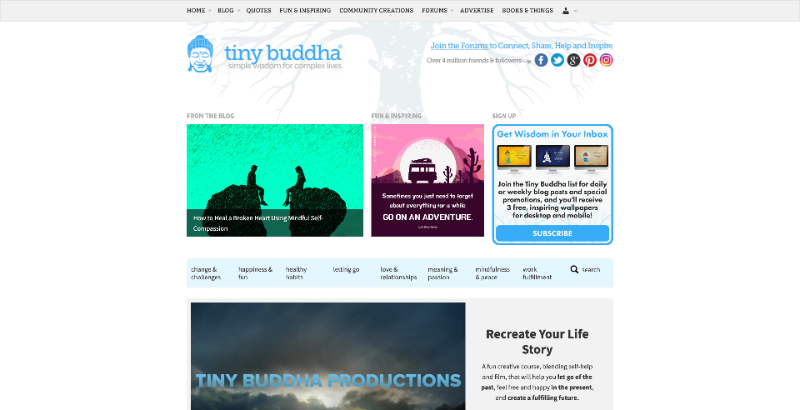
If you convert your homepage into a landing page, then you can use it to promote your books, store items, videos, and other types of content. Content that you might otherwise have to hide in menu navigation, etc.
It’s much more convenient for your readers to browse the homepage and find everything at once, than it is for you to hope that your readers will go where you want them to go.
Besides, adding a little personality to your site will always go a long way. And don’t fear being new to blogging and not knowing how to design things. Plugins like Elementor or Visual Composer make it extremely simple to do!
Take it easy with all the notifications
It’s no secret that hundreds of millions of Internet users have installed some form an ad blocker on their computer and/or device. This is largely because, for many years, the Web had turned into a steaming pile of trash where webmasters would enforce certain ads and notifications.
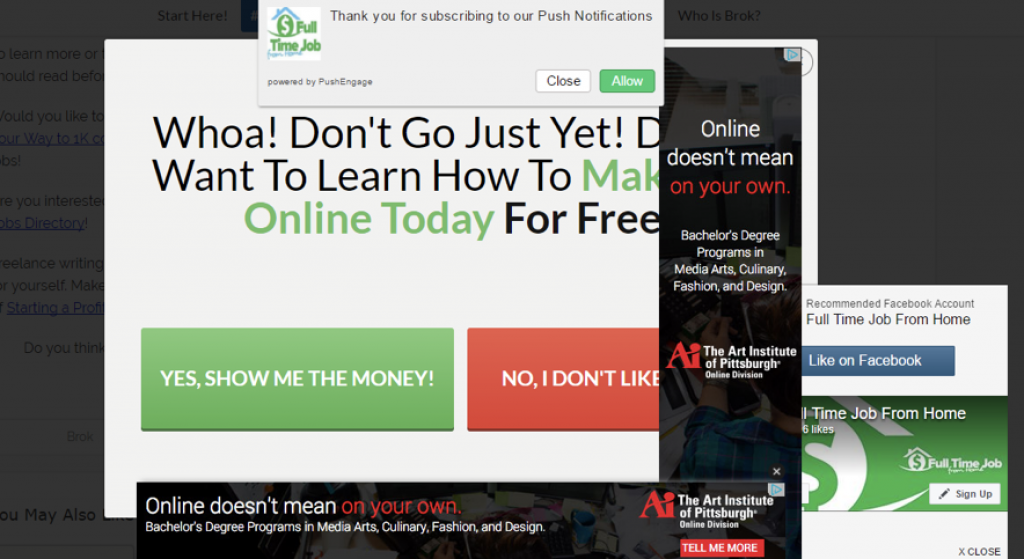
Trust me, nobody wants to visit a website and “be greeted” with 4-5 notifications at the same time. But, unfortunately, new bloggers can easily fall prey to these dark pattern tactics. And, most of the time, at the expense of losing out on valuable readership.
Not only is it annoying, but it’s also uncalled for. I mean, think about it. Why would anyone subscribe to your website just a few seconds after landing on your page?

Like, come on now. The person hasn’t even had the chance to read the content intro yet, and you’re already begging for their email address?
That’s simply not the way to do it. You’re going to yield much better results by being smart with your notifications. E.g. Many WordPress plugins let you show notifications after a certain time has passed. Also, you can insert subscription forms directly inside your content, too.

My favorite type of notification to use is “scroll percentage”. So, whenever a reader gets past a certain percentage of the page, a subscription form triggers. This is ideal to use within your blog posts, and add the “percentage” as the very bottom of the post. At least this way, the reader can weigh the quality of content against your invitation to subscribe.
SEO doesn’t have to be expensive
As a new blogger, you’ll quickly learn that search engine optimization (SEO) is quite important to attract an organic audience to your blog. You might even convince yourself that you need to invest money in order to reap results. But, this is also a trap that you can fall into early on.
There is a tremendous amount of free SEO tools you can use. And most of them are sufficient enough to optimize your content. As for building backlinks or social media exposure, that’s something you’ll have to do one way or another.
So, speaking of free tools. Here are a few that I would recommend learning to use right away. They’re just too good to pass up, and super useful in the current timeline of SEO growth.
Ubersuggest
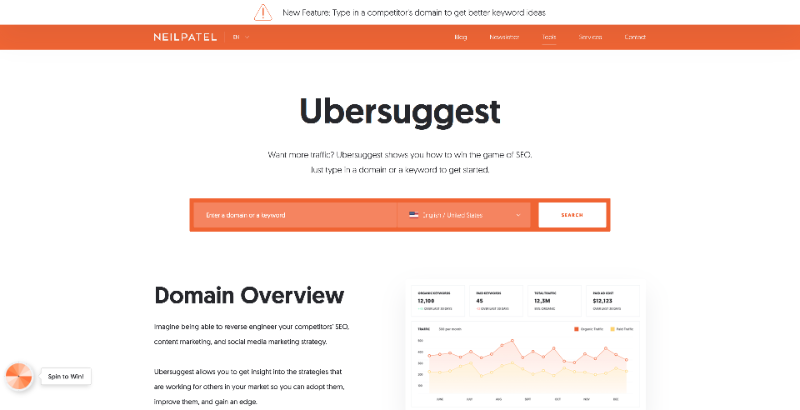
Neil Patel has put in a stupendous amount of work inside his Ubersuggest tool. It has grown from being a simple keyword research tool, to letting users research competitors and look up backlink data. And best thing about it is that it’s so easy to use.
Just put in your website name, or that of your competitor, and watch the data slowly roll in. The User Interface is easy to understand, so you can navigate to sections and pages that you need.
If you are new to SEO and you have a lot of content to write ahead of you, then it’s pivotal to use Ubersuggest in your day-to-day activities. The keywords this tool suggests are top of the line, and will greatly enhance the type of content that you write.
AnswerThePublic

Long-tail keywords are basically keywords that extend upon an existing idea. These days, you have a better chance of attracting traffic with long-tail keywords than broad global ones. Also, long-tail keywords promote a deeper structure for a community or a brand.
AnswerThePublic will take your core keyword, and provide an output of many different long-tail combinations. But, it’s not just ‘guess in the dark’ type of a thing. This tool takes real data and analyzes it against your keyword.
As a result, the output long-tail keywords are actual phrases that real people are searching for. A very useful tool that will amplify the content that you write.
Yoast SEO

As a new WordPress blogger, you might feel tempted to try out different things. That’s understandable. But when it comes to SEO, you’ll want to stick with what works the best. And as far as SEO plugins go, none have done it better than Yoast. Millions of active users, and more than a decade in development.
This plugin automatically optimizes your blog so that search engines can understand it better. Also, you’ll get added new features to your post publishing process.
Within the post editor, you’ll have a separate Yoast section. And in this section, the plugin will provide a contextual analysis of your content. Maybe you’re using too many long sentences. And maybe your voice is too passive. This and many other features at your disposal, completely free.


























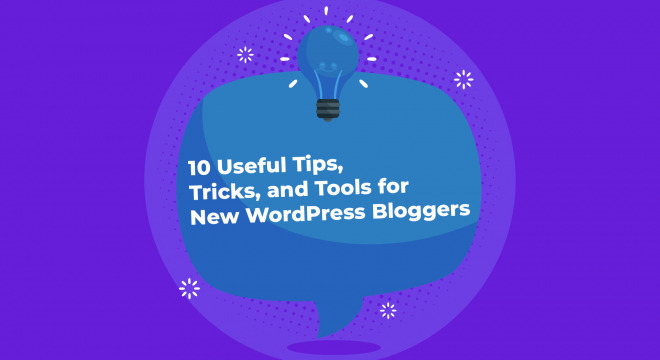
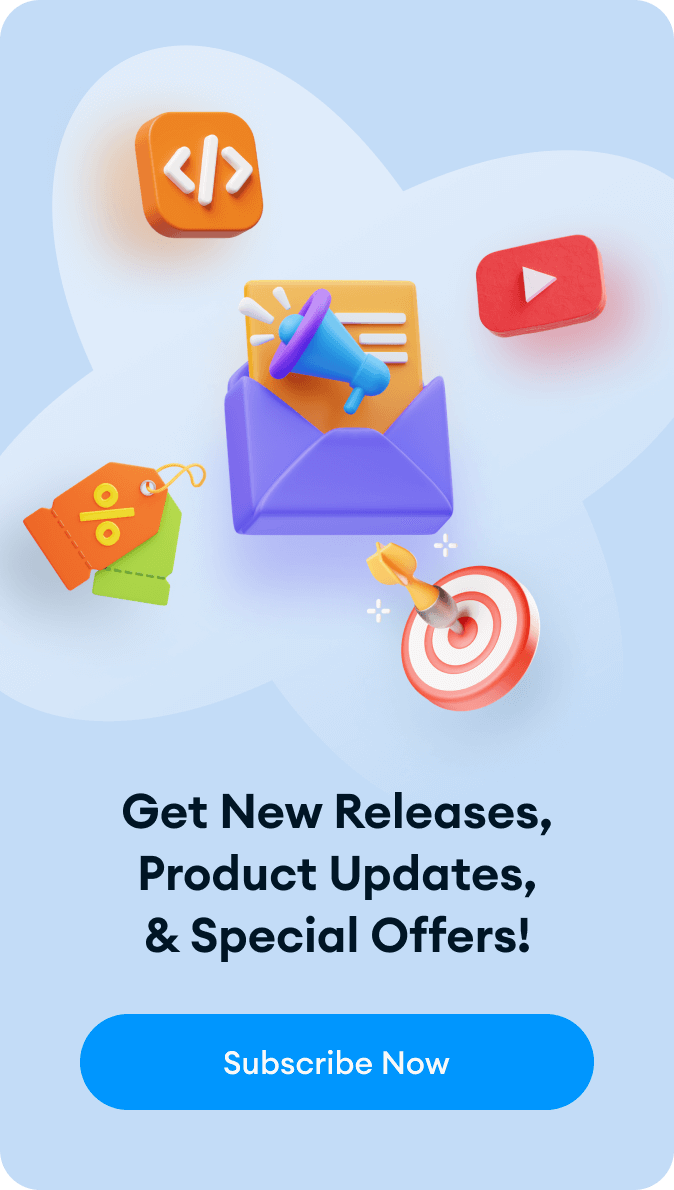



Thanks for the tips.
Thank you for your feedback and hope you will find more tips that are useful in our posts!